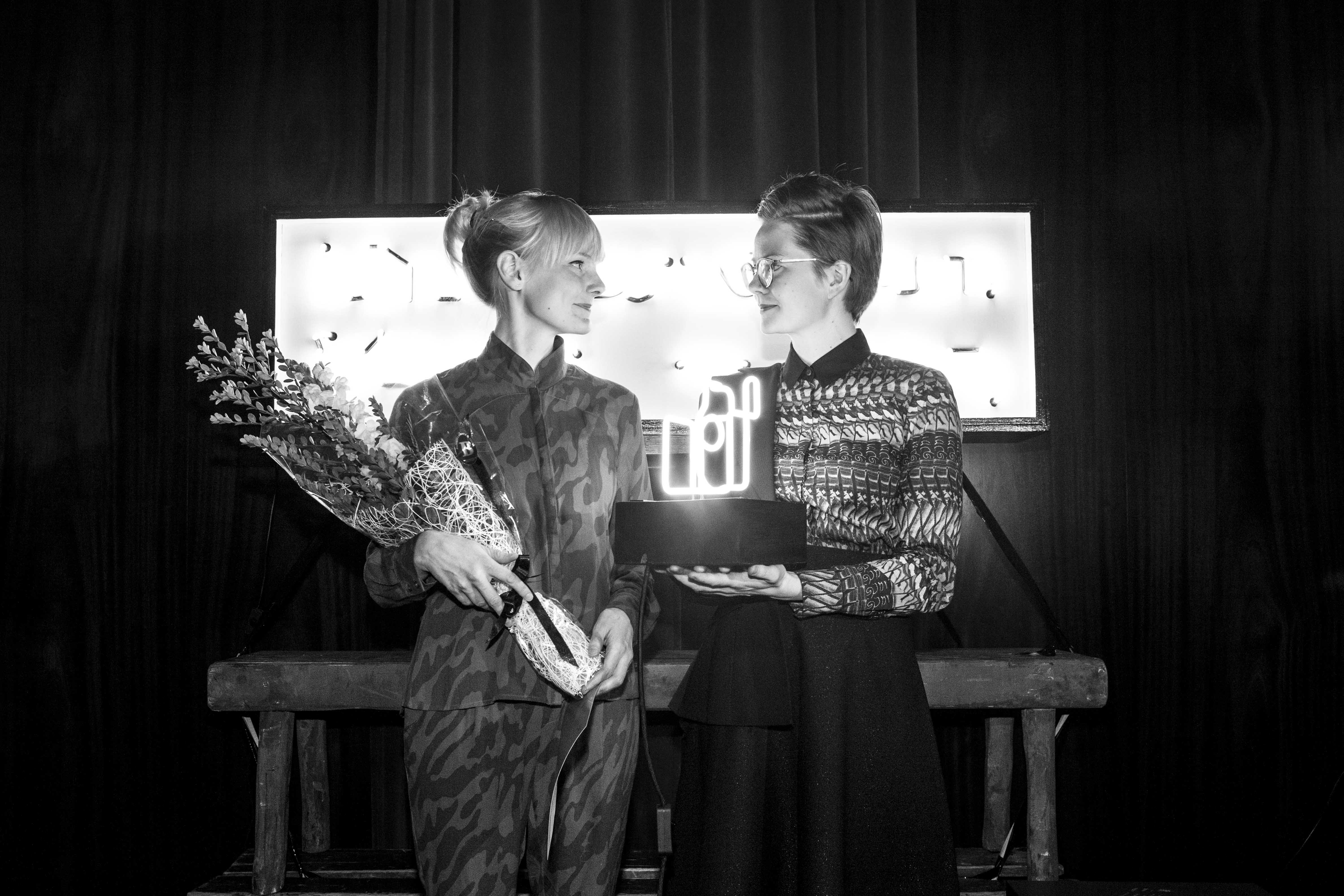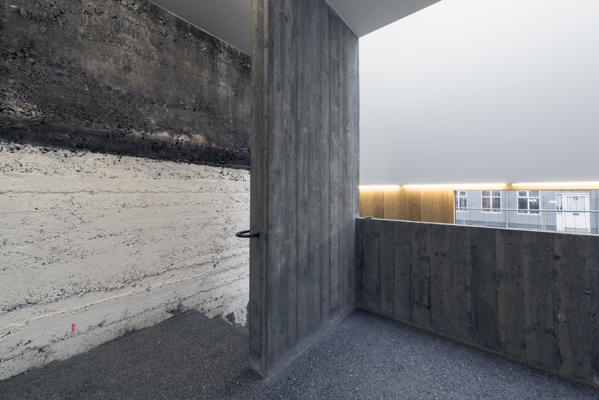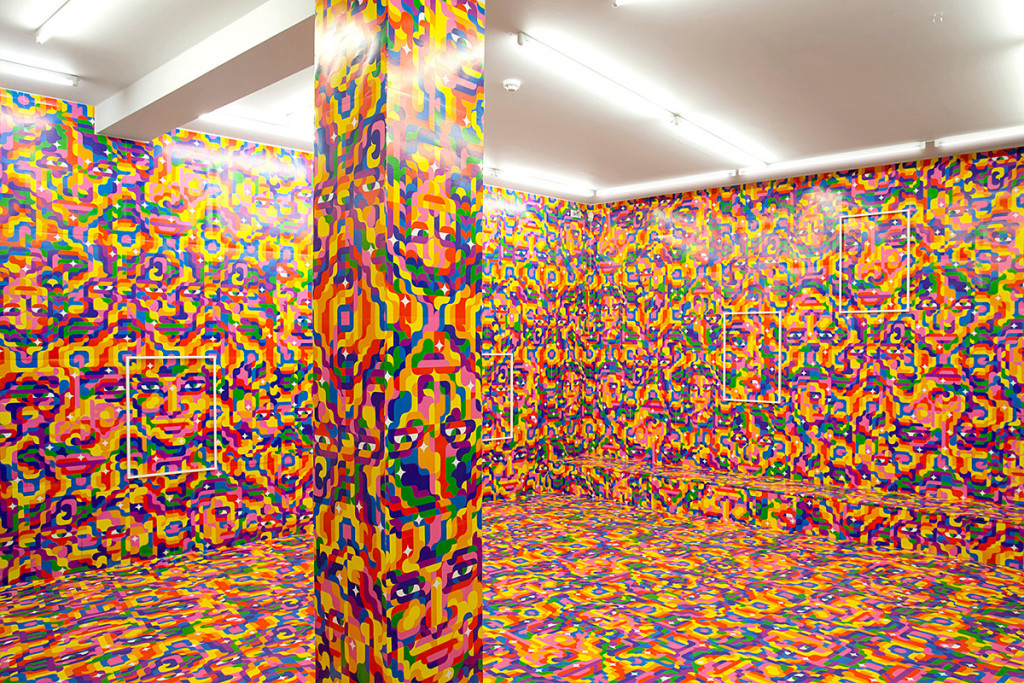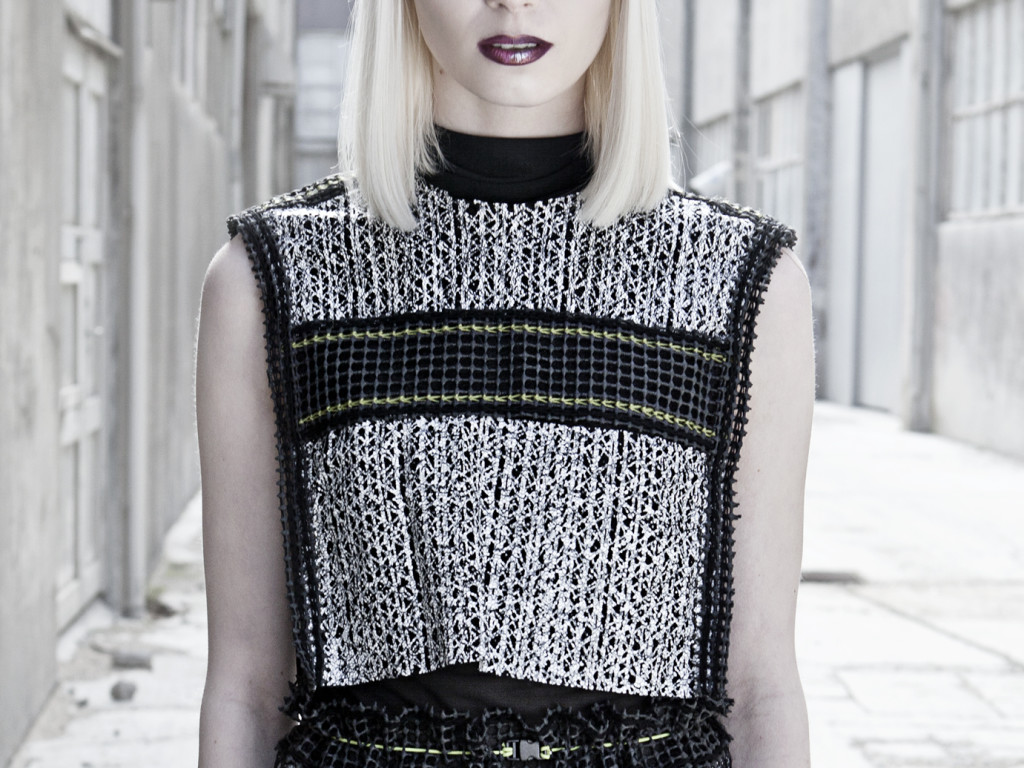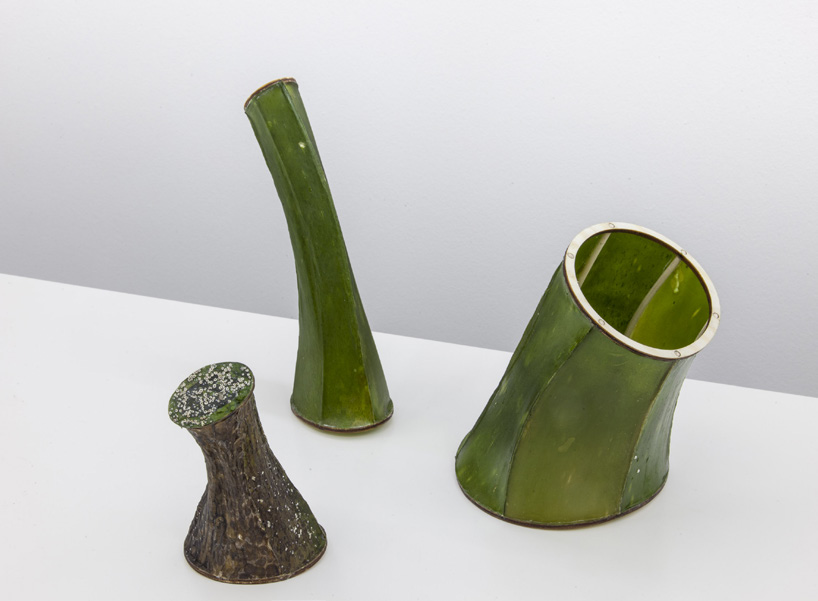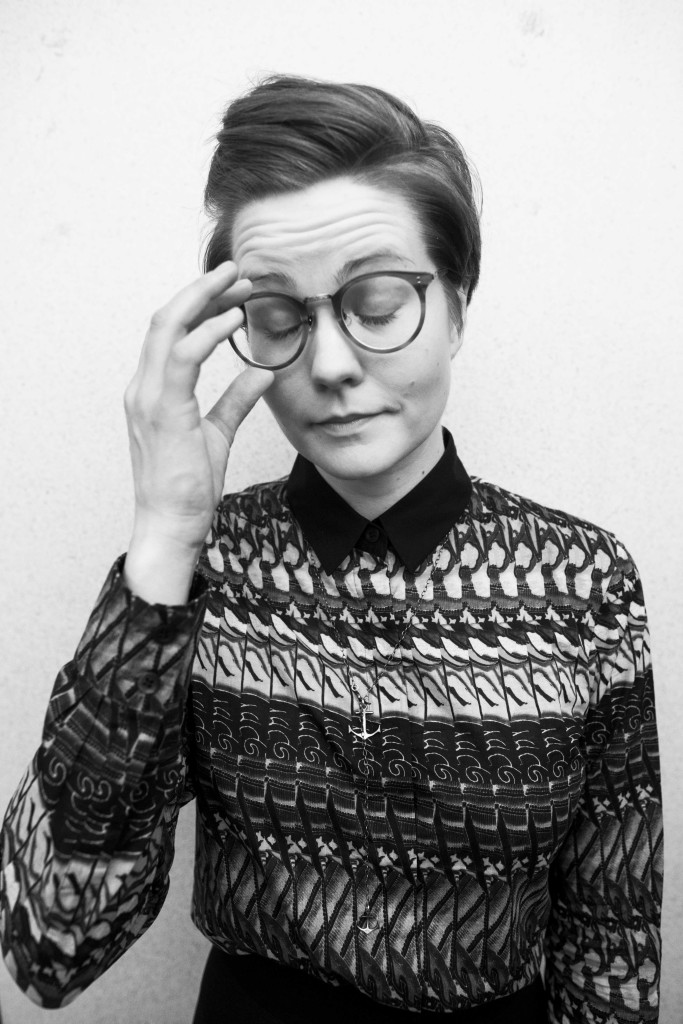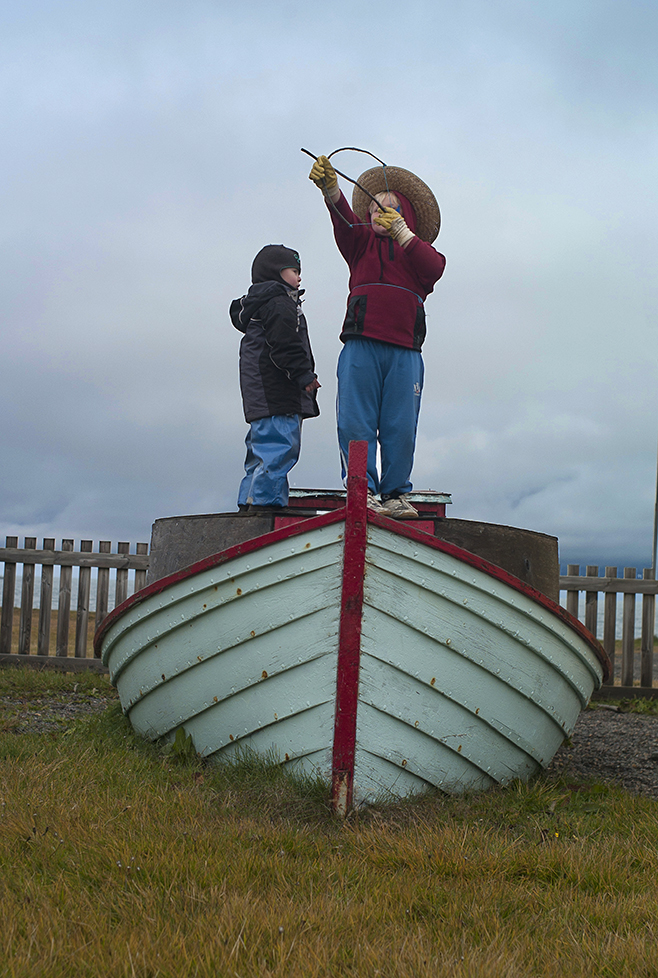The Icelandic Design Award was presented for the first time in November last year. The project Austurland: Designs from Nowhere won the prize, which was awarded at a ceremony in the Crystal Hall of the National Theatre of Iceland.
Authors: Arnar Fells, Arnaldur Máni, María Kristín / Photographs by Brynjar S. Þrastarson and DFN
Designers and architects have long dreamed of a prestigious award as there has been a need for a platform to reward and focus on the best things happening in design and architecture in Iceland. The award was established by the Iceland Design Centre in collaboration with the Iceland Academy of the Arts and the Museum of Design and Applied Art. The prize was one million Icelandic Krona, which was granted by the Ministry of Industry and Commerce in Iceland.
The importance of the Design Award is clear as society is becoming increasingly aware of the significance of good design for culture, society and the economy. However, there remains the question of whether the design field in Iceland is actually big enough for such an award. This was resolved with the decision to place all design-related professions in one category and award just a single prize. The selection committee stated that in choosing a winner, they looked for an outstanding work that could represent the best in architecture and design. The work should incorporate innovative thinking, clever solutions, high-quality implementation, and professionalism in all aspects of the work. These qualities can be viewed in an impartial manner in the work of all designers, architects and design teams, regardless of which profession they belong to, and thus it is possible to evaluate the quality of each work without comparing a ring with a building or garment with a typeface. The selection committee nominated four projects for the prize:
Studio H71a
Designed by architects Margrét Harðardóttir and Steve Christer of Studio Granda. It is a concrete building extension to an old wooden house in Hverfisgata 71, which houses the studio and office of photographer Sigurgeir Sigurjónsson. The extension is considered to be a carefully conceived solution in complete harmony with it´s environment. It should be noted that the extension was shortlisted for the Mies van der Rohe Prize 2015.
Skvís
Graphic art-piece designed by Siggi Eggertsson. The exhibition, which was set up in Spark Design Space, was considered to demonstrate in a unique manner the power of graphic design and the experience that it can create. The piece was extremely colourful and covered the entire exhibition space. It displayed eight faces, and it was created in the distinct style of pattern that defines Siggi´s work. It could be said that the viewers who walked into the room were visually slapped in the face.
MAGNEA aw2014
A clothing line designed by Magnea Einarsdóttir shown at Reykjavik Fashion Festival 2014. Magnea puts a strong emphasis on knitting and blends Icelandic materials together with novel materials in unexpected ways. Her line demonstrated in-depth research and technical knowledge resulting in graphic pieces rich in texture and detail.
Austurland: Designs from Nowhere
A multifaceted project centered around exploring the production potential of local know-how and raw materials. The entrepreneurs behind the project are Karna Sigurðardóttir and Pete Collard. They selected four designers, Þórunn Árnadóttir, Gero Grundmann, Max Lamb and Julia Lohmann who worked on independent projects in collaboration with local craftsmen and businesses. The goal of the project was to create longterm community projects in order to create new and creative opportunities in the East Fjords.opportunities in the east of the country.
The selection committee was unanimous when it came to selecting a winner and, as above, it was the project Austurland: Designs from Nowhere which won the prize.
Surrounded by statues of the old masters, Halldór Laxness, Davíð Stefánsson, Matthías Jochumsson, Einar Kvaran, Guðmundur Kamban and other writers, Karna Sigurðardóttir and Þórunn Árnadóttir accepted the prize on behalf of everyone involved in the project. It is not easy to explain such a comprehensive project in a few words. HA asked Karna, the project manager, to explain the project and its goals.
Designs from Nowhere
says Karna Sigurðardóttir about the beginnings of the project. Karna says that in the first stages, she was aware that the ideas and goals of the project sounded unrealistic, even fanciful, for an area like the east of the country. “Such a comprehensive international project doesn’t arise by itself but it did come together with hard work, diligence, and the fertile grounds of the East Fjords. It may be surprising that it worked, here on the edge of the world, but when everything comes together at the right time anything can happen.”
The concept
Karna and Pete Collard have the credit for making the project into a reality in an international context. They met at the behest of the designer Nelly Ben Hayoun when she was in Iceland, and worked on the project Bureau Odyssey on behalf of the Royal College of Art and MAKE by Þorpið. MAKE is a group project which works towards creating a strong collective voice to promote the eastern region of Iceland as a travel destination for creative types.
Nelly and designer Þórunn Árnadóttir came to the east with a group of students and teachers. Karna was their liaison and advisor on a successful course about experience design, in which connections were created with locals, spirits were studied, and a number of interesting projects worked upon. Karna and Pete subsequently met at a meeting in London. Karna was the spokesperson for MAKE and Pete arrived on behalf of the British Council. The meeting developed quickly into a discussion about William Morris, father of the Arts and Crafts Movement. Karna and Pete shared a deep appreciation of his ideology, which is more than a century old. “Morris believed that arts, design and handicrafts should be the central point of culture and a part of people’s daily lives. He visited Iceland twice before the turn of the 20th century and was very much captivated by the land and country, the simple lifestyle of Icelanders, and their connection with their environment,” explains Karna.
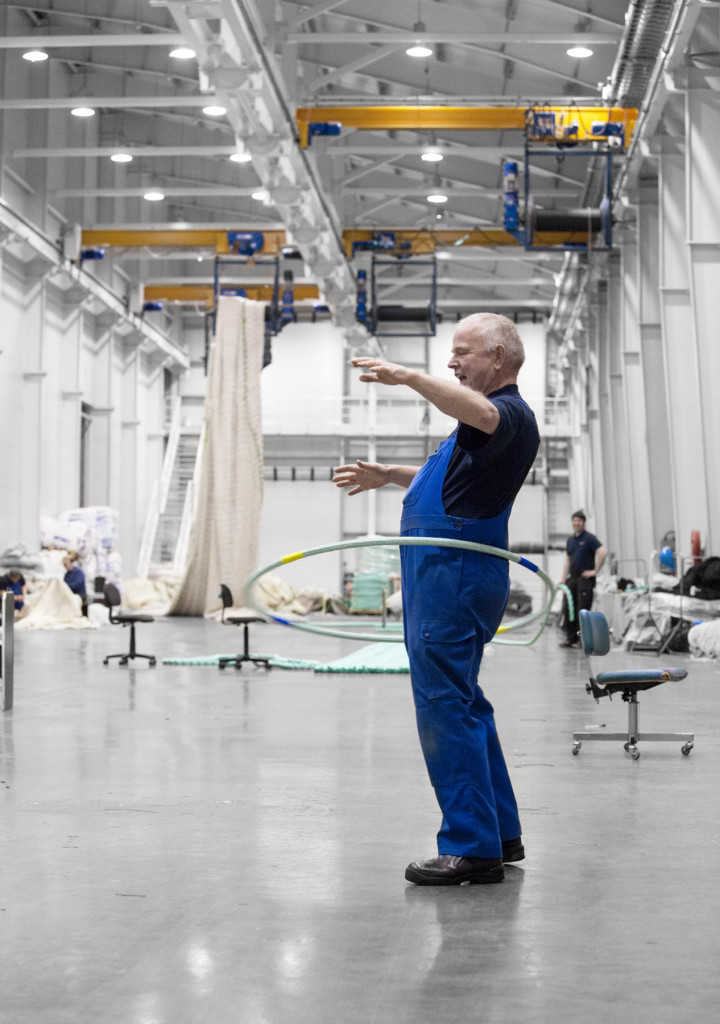 By the time Karna and Pete parted ways after their morning coffee they had laid the foundations for a collaborative project which was built partially upon the experience of the MAKE project, and partially on the philosophy of William Morris. This is how Designs from Nowhere came about and from day one it had a strong connection with Britain, which was to become a great source of strength for the project.
By the time Karna and Pete parted ways after their morning coffee they had laid the foundations for a collaborative project which was built partially upon the experience of the MAKE project, and partially on the philosophy of William Morris. This is how Designs from Nowhere came about and from day one it had a strong connection with Britain, which was to become a great source of strength for the project.
The Context
“The project was a kind of feral animal which could only arise from the context and environment that had been developed in the East,” says Karna, and explains that the four-day long conference Make it Happen, which was held across the eastern region in September 2012, had been a turning point for the project. She had previously convinced Pete to hold a lecture about William Morris at the conference. The lecture emphasised on the connection with Iceland so as to demonstrate the close parallels between the ideals of William Morris and MAKE. Karna says that everything came together at that moment. According to her, the MAKE philosophy is the foundation that they build upon when they approach projects such as Designs from Nowhere. She builds upon collaboration and sharing of human resources and equipment to support the use of local materials. “When an ideology, an international connection network and a collective belief in a project meet, as happened at the Make it Happen conference, that’s when magical things take place.”…
Read the full article in the first issue of HA
